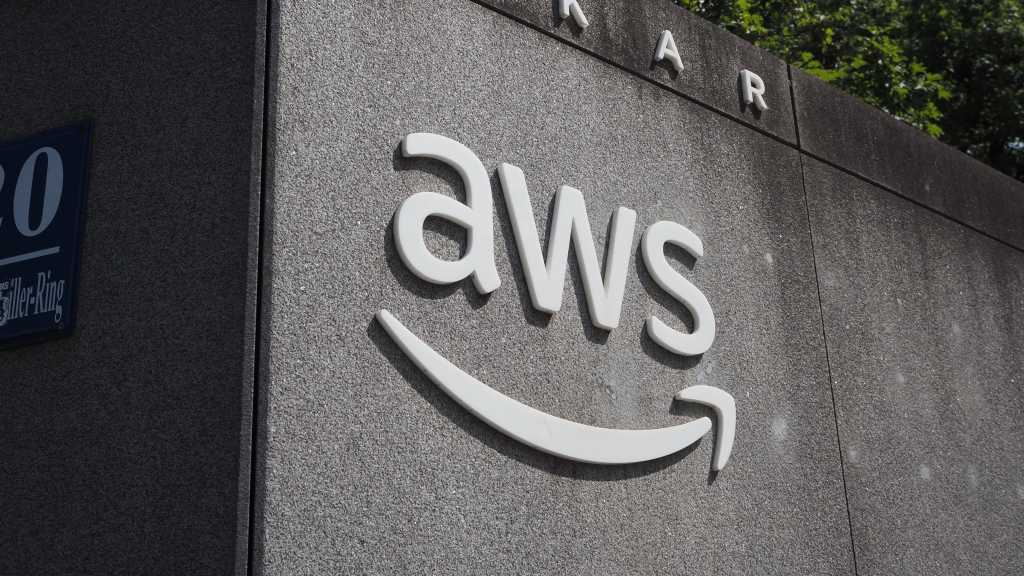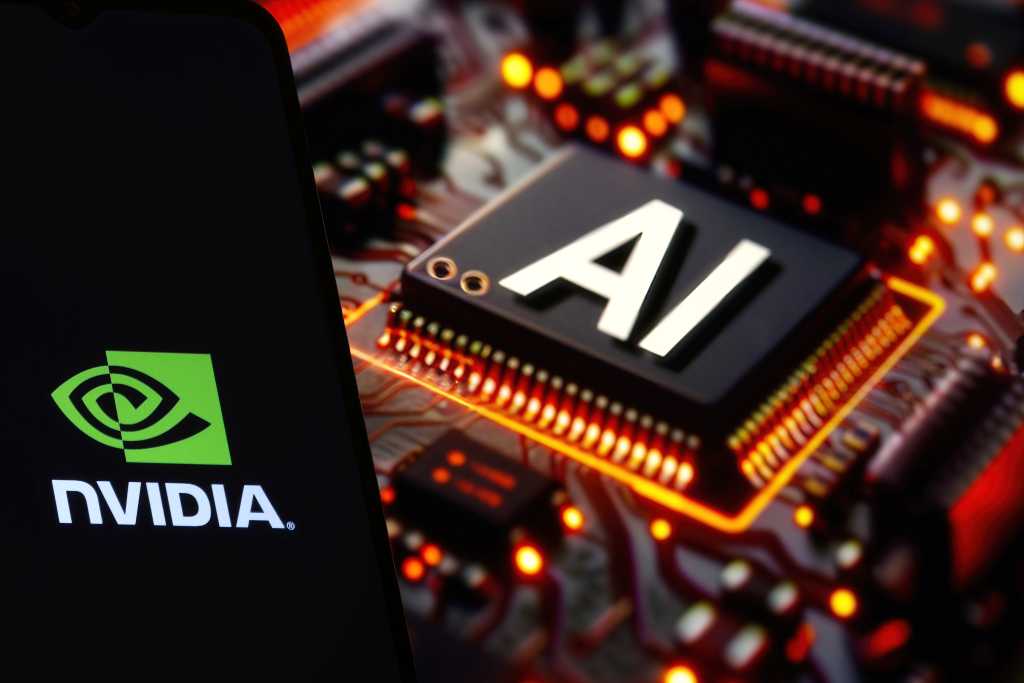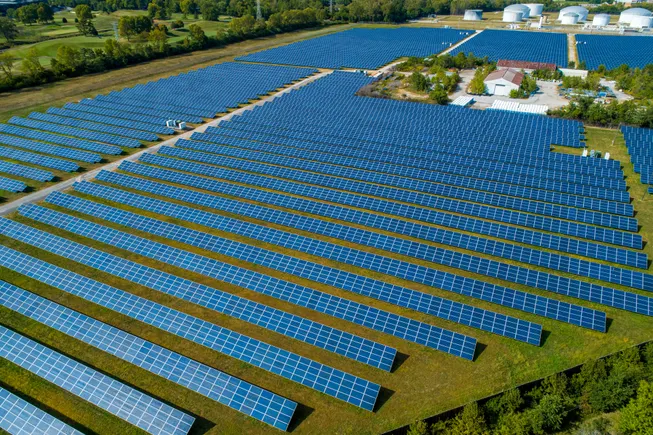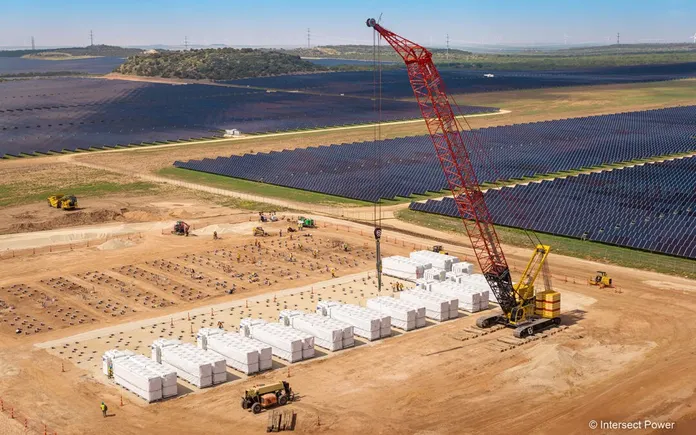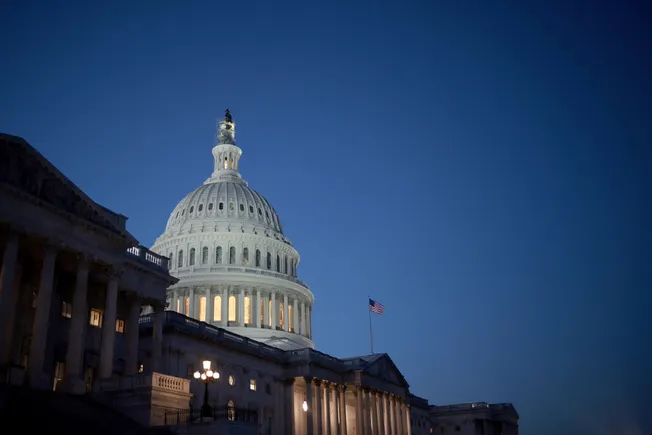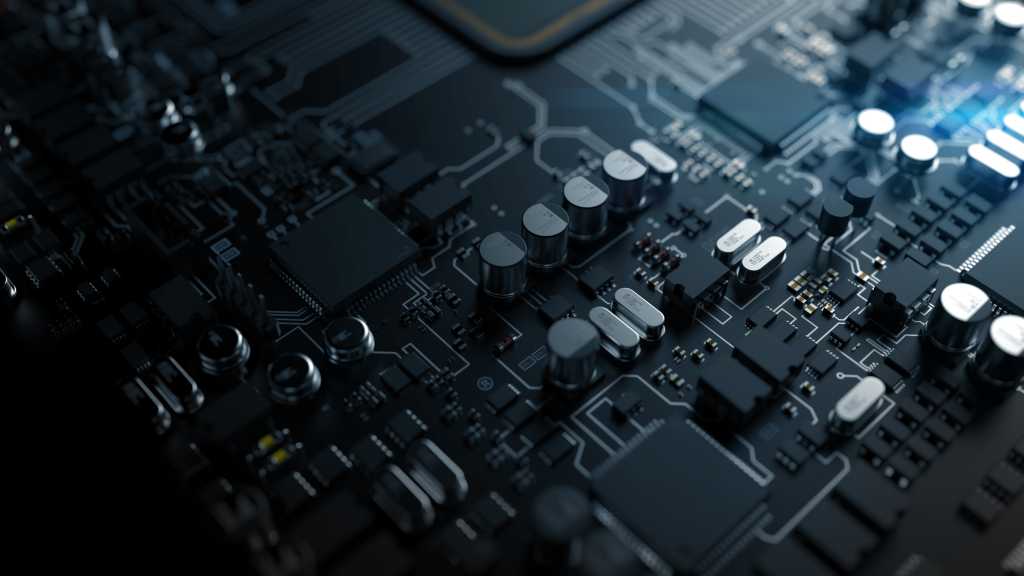
Oil extended last week’s gain as a renewed round of US-China trade talks offered the potential for reduced global tensions.
West Texas Intermediate futures gained 1.1% to settle at $65 a barrel, the highest price since early April. Negotiators from the US and China were holding talks in London on Monday, raising the possibility the two largest economies can make progress on disputes that have rattled markets this year.
Commodity trading advisers, which can accelerate price momentum, liquidated short positions to sit flat in WTI on Monday, compared with 64% short on June 5, according to data from Bridgeton Research Group. A 3% to 4% price move higher from current price levels may trigger the funds to flip to net-long for the first time since February, the group added.
The United Nations nuclear watchdog, meanwhile, said Iran’s rapidly increasing stockpile of uranium can’t be ignored ahead of a consequential meeting this week in Vienna. Traders have been keeping a close eye on the progress of nuclear talks between Washington and Tehran, with a setback potentially crimping flows from the OPEC member.
Crude has recovered after plunging earlier this year on the twin hit of bumper OPEC+ supply increases and concerns about the outlook for demand following President Donald Trump’s tariff policies. Now, though, the peak summer demand season is looming and markets are looking tighter.
The nearest US crude futures are trading more than $1 above the next month, which indicates tight short-term supplies.
|
Prices |
|
WHAT DO YOU THINK?
Generated by readers, the comments included herein do not reflect the views and opinions of Rigzone. All comments are subject to editorial review. Off-topic, inappropriate or insulting comments will be removed.

